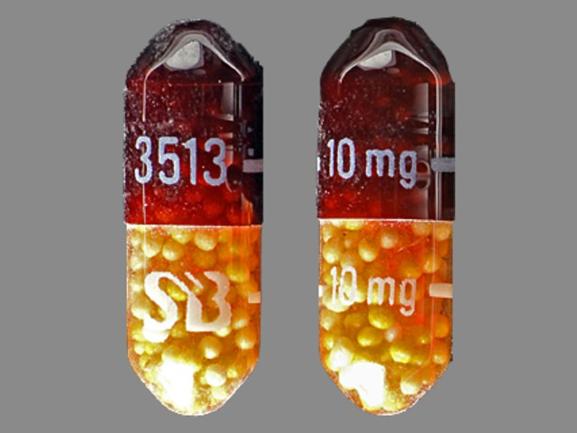The conflict was distinct in another way, too—over time, it came to be known as the first “pharmacological war,” so called because the level of consumption of psychoactive substances by military personnel was unprecedented in American history. The British philosopher Nick Land aptly described the Vietnam War as “a decisive point of intersection between pharmacology and the technology of violence.”
Since World War II, little research had determined whether amphetamine had a positive impact on soldiers’ performance, yet the American military readily supplied its troops in Vietnam with speed. “Pep pills” were usually distributed to men leaving for long-range reconnaissance missions and ambushes. The standard army instruction (20 milligrams of dextroamphetamine for 48 hours of combat readiness) was rarely followed; doses of
“We had the best amphetamines available and they were supplied by the U.S. government,” said Elton Manzione, a member of a long-range reconnaissance platoon (or Lurp). He recalled a description he’d heard from a navy commando, who said that the drugs “gave you a sense of bravado as well as keeping you awake. Every sight and sound was heightened. You were wired into it all and at times you felt really invulnerable.” Soldiers in units infiltrating Laos for a four-day mission received a medical kit that contained, among other items, 12 tablets of Darvon (a mild painkiller), 24 tablets of codeine (an opioid analgesic), and six pills of Dexedrine. Before leaving for a long and demanding expedition, members of special units were also administered steroid injections...
http://www.theatlantic.com/health/archive/2016/04/the-drugs-that-built-a-super-soldier/477183/


Very informative article that you have shared here about the dextroamphetamine. I am impressed by the details that you have shared in this post and It reveals how nicely you understand this subject. Thanks for sharing this article here. dextroamphetamine for sale
ReplyDelete